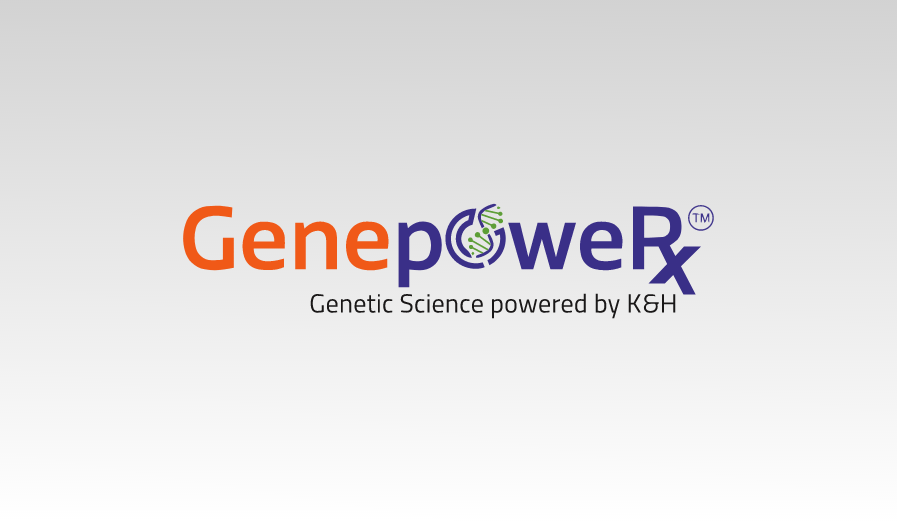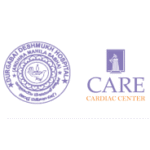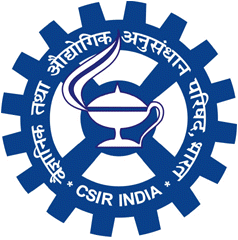Treatments Focus
What Is Down Syndrome

Down syndrome, also called trisomy 21, is a genetic condition in which a person has an extra copy of chromosome 21. People with down syndrome have some level of intellectual disability, some characteristic physical features,increased risk of some health conditions(many of which are treatable), and some developmental delays.
Genetic basis of Down syndrome
In all cases of reproduction, both parents pass their genes to their children. These genes are carried in chromosomes. When a baby’s cells develop, each cell is supposed to receive 23 pairs of chromosomes, 46 chromosomes in total. Half of these chromosomes are from the mother, and half from the father.
In children with Down syndrome, one of the chromosomes does not separate properly. The baby ends up with three copies, or an extra partial copy of chromosome 21, instead of two. This extra chromosome causes problems as the brain and physical features develop.
Down syndrome varies in severity among individuals, causing lifelong intellectual disability and developmental delays. It’s the most common genetic chromosomal disorder and cause of learning disabilities in children. It also commonly causes other medical abnormalities, including heart and gastrointestinal disorders.
Types of Down syndrome
Any one of three genetic variations can cause Down syndrome:
- Trisomy 21. About 95 percent of the time, Down syndrome is caused by trisomy 21 — the person has three copies of chromosome 21, instead of the usual two copies, in all cells. This is caused by abnormal cell division during the development of the sperm cell or the egg cell.
- Mosaic Down syndrome. In this rare form of Down syndrome, a person has only some cells with an extra copy of chromosome 21. This mosaic of normal and abnormal cells is caused by abnormal cell division after
- Translocation Down syndrome. Down syndrome can also occur when a portion of chromosome 21 becomes attached (translocated) onto another chromosome, before or at conception. These children have the usual two copies of chromosome 21, but they also have additional genetic material from chromosome 21 attached to another
Symptoms of Down syndrome
Each person with Down syndrome is an individual — intellectual and developmental problems may be mild, moderate or severe. Some people are healthy while others have significant health problems such as serious heart defects.
Children and adults with Down syndrome have distinct facial features. Though not all people with Down syndrome have the same features, some of the more common features include:
- Flat facial features
- Small head and ears
- Short neck
- Protruding tongue
- Upward slanting eye lids
- Unusually shaped ears
- Poor muscle tone
- Broad, short hands with a single crease in the palm
- Relatively short fingers and small hands and feet
- Short height
Infants with Down syndrome may be average size, but typically they grow slowly and remain shorter than other children the same age.
People with Down syndrome usually have some degree of developmental disability, but it’s often mild to moderate. Mental and social development delays may mean that the child could have:
- impulsive behaviour
- poor judgement
- short attention span
- slow learning capabilities
People with Down syndrome are also more prone to infection. They may struggle with respiratory infections, urinary tract infections and skin infections.
Is Down syndrome hereditary?
Most of the time, Down syndrome isn’t inherited. It’s caused by a mistake in cell division during early development of the fetus.
Translocation Down syndrome can be passed from parent to child. However, only about 3 to 4 percent of children with Down syndrome have translocation and only some of them inherited it from one of their parents.
When balanced translocations are inherited, the mother or father has some rearranged genetic material from chromosome 21 on another chromosome, but no extra genetic material. This means he or she has no signs or symptoms of Down syndrome, but can pass an unbalanced translocation on to children, causing Down syndrome in the children.
Genetic testing for Down syndrome
Screening for Down syndrome is offered as a routine part of prenatal care. Although screening tests can only identify your risk of carrying a baby with Down syndrome, they can help you make decisions about more-specific diagnostic tests. If the screening test comes positive, then following tests are advised to confirm diagnosis.
- Chorionic villus sampling(CVS)
In this test, the cells are taken from the placenta and used to analyse foetal chromosomes. It is performed in the first trimester between 10 to 13 weeks of pregnancy. This test holds low risk of pregnancy loss(miscarriage).
- A sample of the amniotic fluid surrounding the foetus is withdrawn through a needle inserted into the mother’s uterus.this sample is used to analyse the chromosomes of the foetus. This test is performed in the second trimester, after 15 weeks of pregnancy. This test also carries low risk of miscarriage.
Diagnostic tests for newborns
After birth, the initial diagnosis of Down syndrome is often based on the baby’s appearance. But the features associated with Down syndrome can be found in babies without Down syndrome, so your health care provider will likely order a test called a chromosomal karyotype to confirm diagnosis. Using a sample of blood, this test child’s chromosomes are analysed. If there’s an extra chromosome 21 in all or some cells, the diagnosis is Down syndrome.
Treatment
Early intervention for infants and children with Down syndrome can make a major difference in improving their quality of life. Treatment for DownSyndrome depends on individual needs as each child with Down syndrome is unique. Also, different stages of life may require different services.
Coping and support
Upon learning your child has Down syndrome, you may experience a range of emotions, including fear, worry and sorrow. You may not know what to expect, and you may worry about your ability to care for a child with a disability. The best antidote for fear and worry is information and support.
Consider these steps to prepare yourself and to care for your child:
- Ask your health care provider about early intervention programs in your
- Learn about educational options for
- Seek out other families who are dealing with the same
- Participate in social and leisure
- Encourage
- Prepare for the transition to adulthood.
Expect a bright future. Most people with Down syndrome live with their families or independently, go to mainstream schools, read and write, participate in the community, and have jobs. People with Down syndrome can live fulfilling lives.
Related Articles
Book an Appointment to understand how GenepoweRx can help you in treating
What Is Down Syndrome
Meet The Doctors
Dr Kalyan Uppaluri
Dr Hima Challa
Your genetics … Your Test ... Your Health Success
It’s always the word of mouth that’s the best advice. Here are some of our…


Our Partners






Professional Partnerships
Government Association

